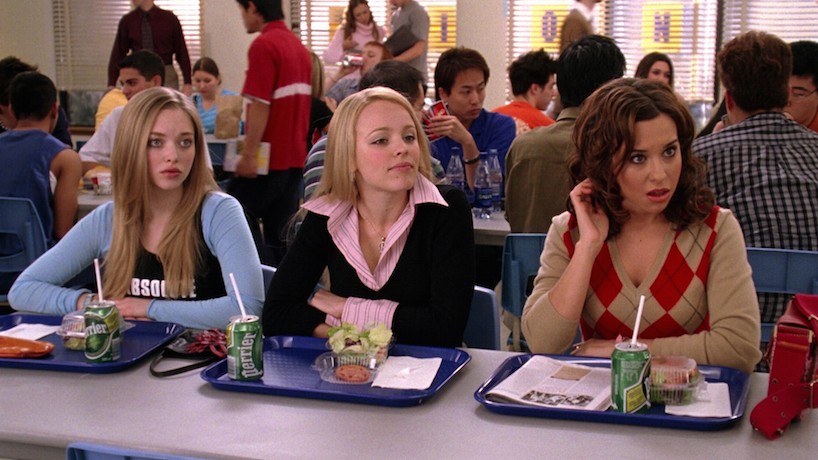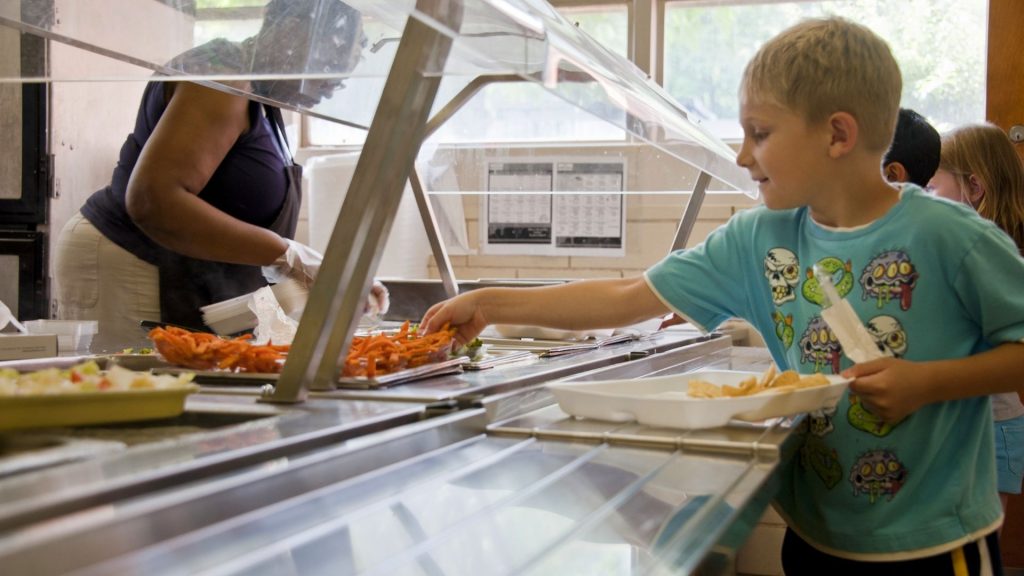Longer School Lunch Times Lead To Healthier And Smarter Kids
While some schools only give students 10 minutes to eat, more reports suggest longer lunch breaks lead to healthier kids.

It’s true. Some schools across the nation are giving students a mere ten minutes to consume their lunch. The goal – getting more classroom instruction time – is a noble one, but it is also one that can have detrimental effects on a child’s health. Longer lunch breaks, says the School Nutrition Association (SNA), are what kids need.
Forcing kids to chow down in a short amount of time is not the solution to one of the many problems facing public education today. The SNA reports that on average, students in the U.S. have 25 minutes for their lunch break. This is for elementary school students. Longer lunch breaks are given to the older middle and high school students, but not much. They average 30-minute lunch breaks. This is not simply the time they get to actually eat their food. It also includes the time it takes to leave the classroom for lunch, get to the cafeteria, stand in line to get their food, then FINALLY sit down and consume.
The U.S. Government, with their infinite knowledge, recommends that kids have a minimum of a 20-minute lunchtime. Someone may need to explain to the government that these children are not in basic training, so eating quickly wouldn’t benefit anyone, especially the kids. Longer lunch breaks are needed. Nutrition experts have been saying this for years. Deaf ears it has fallen upon.

One major complaint about having longer lunch breaks is the fact that the shorter ones have been shown to lead to child obesity. Karen LeBillion, author of the lengthy title, French Kids Eat Everything: How Our Family Moved to France, Cured Picky Eating, Banned Snacking, and Discovered 10 Simple Rules for Raising Happy, Healthy Eaters, says, “If we are giving our children a short lunch break, we are teaching them that food is an inconvenience, and eating is an interruption in the day. We encourage them to gobble their food when the research shows that eating more slowly is healthier. In fact, the French spend longer eating…because they believe it’s important to teach kids to eat well – it’s a life skill like reading.”
Longer lunch breaks are also what cardiologist Dr. Arthur Agatston recommends. Dr. Agatston is also the creator of the South Beach Diet. “The lunchroom culture is fast food. But it shouldn’t be fast food. The teacher should be sitting at the table with a tablecloth for a civilized meal. I think it’s a huge learning opportunity for kids,” he said to The New York Times.
The numbers, unfortunately, don’t lie. A USA report shows that 25 million children in the USA are considered to be either overweight or obese. To feed into those numbers, it is reported that nearly 35 million children eat lunch in school each and every day while another 11 million have breakfast at school as well. This means that the majority of our school-age children are getting somewhere between 30 and 50 percent of their calories from whatever they call breakfast and lunch in schools. Without longer lunch breaks, this can cause major harm to children.
Just recently, the U.S. Department of Agriculture (USDA) set their new guidelines for nutritional standards on lunch food served in schools. The standards, which are a mass improvement, include more grains and fresh produce, fat-free milk], and salad bars. Experts love this but there is a caveat to this love. They say that if longer lunch breaks are not included with this upgrade in nutritional food fare, then it will all be for naught.

Helen Phillips, president of the SNA, says via Public School Review, “It takes more time to chew a whole apple than applesauce. Eating an entrée salad takes longer than eating a cheeseburger or chicken nuggets, because of the crunching and chewing of the raw vegetables.” Healthier foods and longer lunch breaks not only help fight child obesity, but they also have another added benefit. Improved academic performance.
Action for Healthy Kids has reported on the Washington State Board of Health website that “When children’s basic nutritional and fitness needs are met, they have the cognitive energy to learn and achieve.” This would also include longer lunch breaks. Healthier food is a major step in the right direction. But if school districts were truly serious about the best interest of the students, then they would know healthier food isn’t the sole answer. Longer lunch breaks combined with healthy food choices will fight child obesity as well as give their brains the boost they need.



